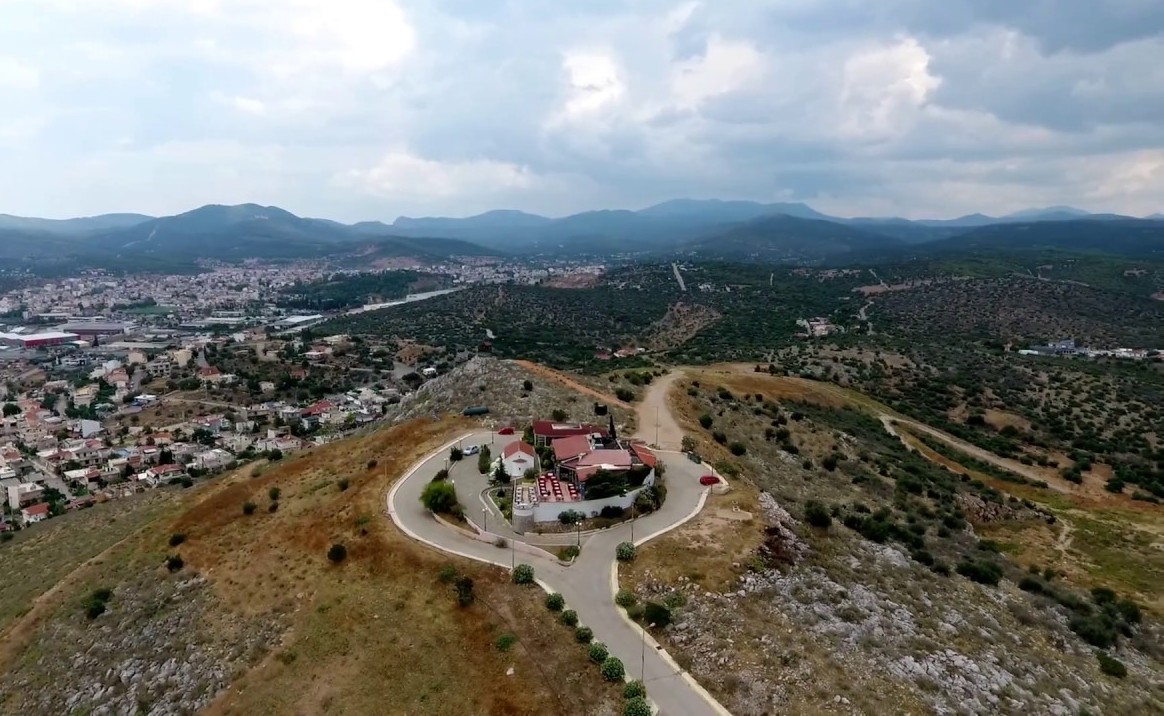History Of Magoula
Magoula is a town in western Attica. Administratively, it belongs to the municipality of Elefsina. It is located 1.5 kilometers east of Mandra.
The area was originally built at the foot of the hill of the prophet Elias, but today it has expanded southward and has begun to expand northward behind the hill of the prophet Elias, where mainly Pontian refugees reside.
According to local folklorist Vangelis Liapis, the first inhabitants of Magoula were Kountouriotes from Paleochori, most of whom were shepherds and resin collectors who grazed their sheep in the pastures of what is now the town, where they later settled.
Magoula began to be inhabited towards the end of the Ottoman occupation when residents of the mountainous Kountoura, now safe from Turkish raids, moved further south.
In 1836, it is mentioned as a village of the Municipality of Eleusis, and in the first official records of the Ministry of the Interior in 1875, it is recorded as an "agricultural village" with a population of 115 inhabitants. It It became an independent community in 1914, with its inhabitants' main occupations being agriculture, livestock farming, resin collection, and beekeeping.
Another reason was the low cost of land. Another reason was the low cost of land. Magoula, being on the outskirts of the Athens basin, had not been developed in terms of urban planning and thus offered generally low housing and land costs to those who migrated from various parts of Greece in search of work.
This population increase in a village without an urban development plan and the high concentration of activities resulted in serious problems (unregulated and arbitrary construction, environmental pollution, low level of social services provided, etc.). Between 1991 and 2001, there was a massive influx of warehouses, industries, small industries, and other businesses in Magoula, which was followed by a corresponding increase in population of 50.3%. According to the 1991 census, it had 2,663 inhabitants.
According to the 2001 census, it has 4,005 inhabitants, which today is almost double (around 8,000) due to the rapid urban development of the area, which resulted in a new large increase in population. The main occupation of its inhabitants is staffing and working in local businesses.
In recent years, following the expansion and implementation of a modern urban development plan and with the contribution of major infrastructure projects in Attica, it has been fortunate to be located at a particularly pivotal point, as a result of which its residents enjoy the amenities of Athens, to which it is easily and quickly connected via the Attica Highway and the suburban railway. At the same time, it retains its rural character, which is why it is considered by many to be the ideal suburb to live in. This has resulted in high demand for land and housing, causing property prices to skyrocket.
On the hill of Prophet Elias, where several attempts have been made to create green spaces and regenerate the area, there is a church of the same name and a café with a view of the entire Thriasio field. In the central square of the city is the church of the Ascension of the Savior and Saint Demetrius, which dates from the 17th-18th century. The Church of Saint Demetrius suffered significant damage from the 1999 earthquake and was recently repaired with donations from the faithful, under the supervision of the Archaeological Service.
Magoula celebrates Ascension Day with a large traditional festival. Every year, Magoula hosts extensive carnival celebrations.
Contact info
We are the leaders in the building industries and factories. We're word wide. We never give up on the challenges.
- 2 Queen Street,California, USA
- (+84) 04 123 456
- info@example.com



